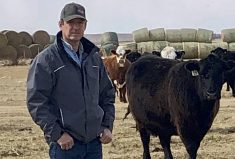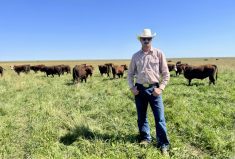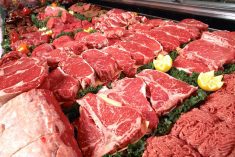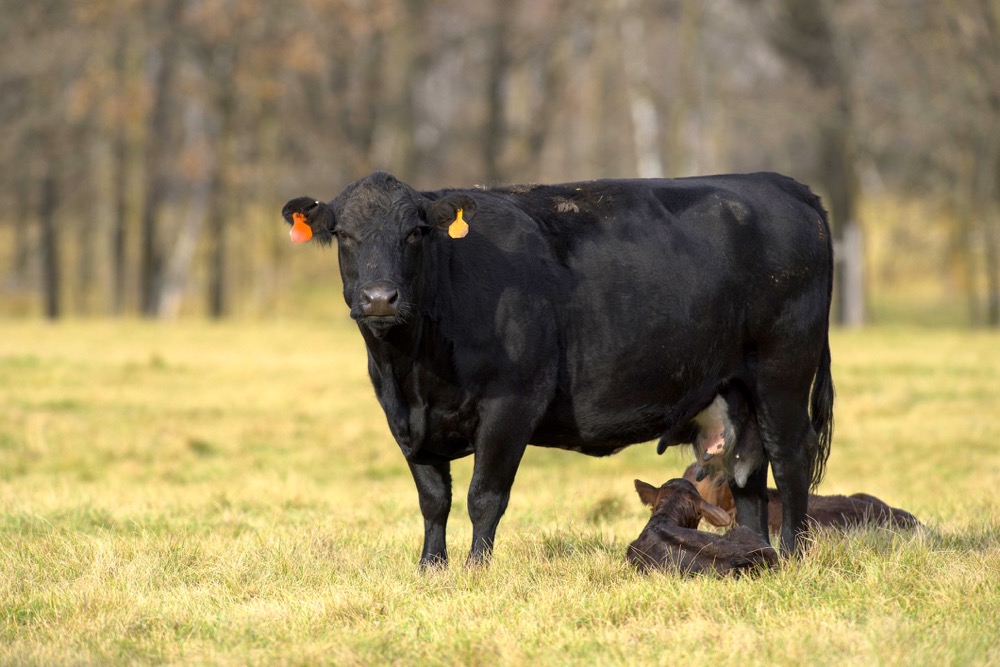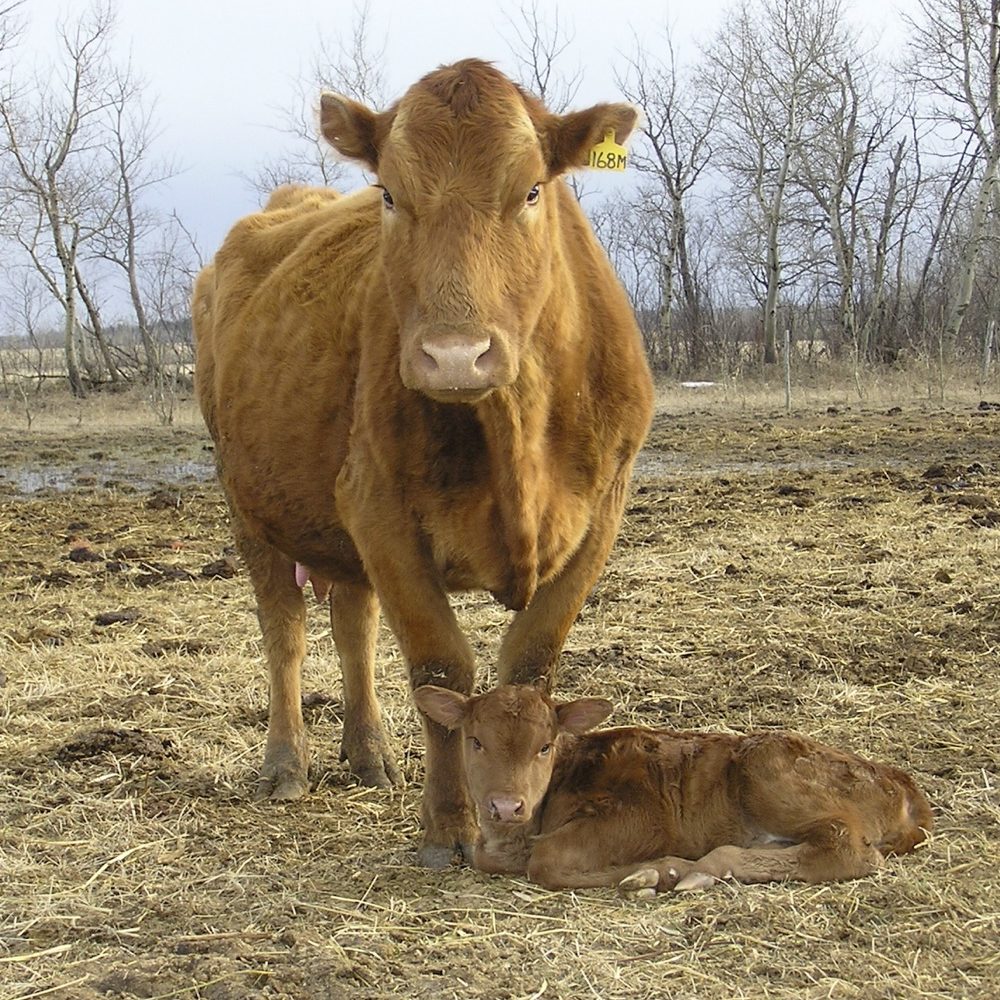There is a lot of frothing at the mouth with cattle prices the way they are. Even the banker’s handshake is warming up with these returns.
But a lot of young folks are asking the hard question as they enter into agriculture and farming: Will cows pay?
I am a little hard on the bottom line and feel that in order for a cow to pay for herself when bought at the top of the market, she has three years to get the job done after expenses. So a $1,800 bred cow today at five per cent interest and costing $500 to feed annually will need to return a $1,190 calf over each of the next three years. As the market stands today, in combination with both the actual price and the ability to manage the risk on that calf through price insurance, this is possible. And although it would appear that I have already answered the question, there are variables to consider.
Read Also
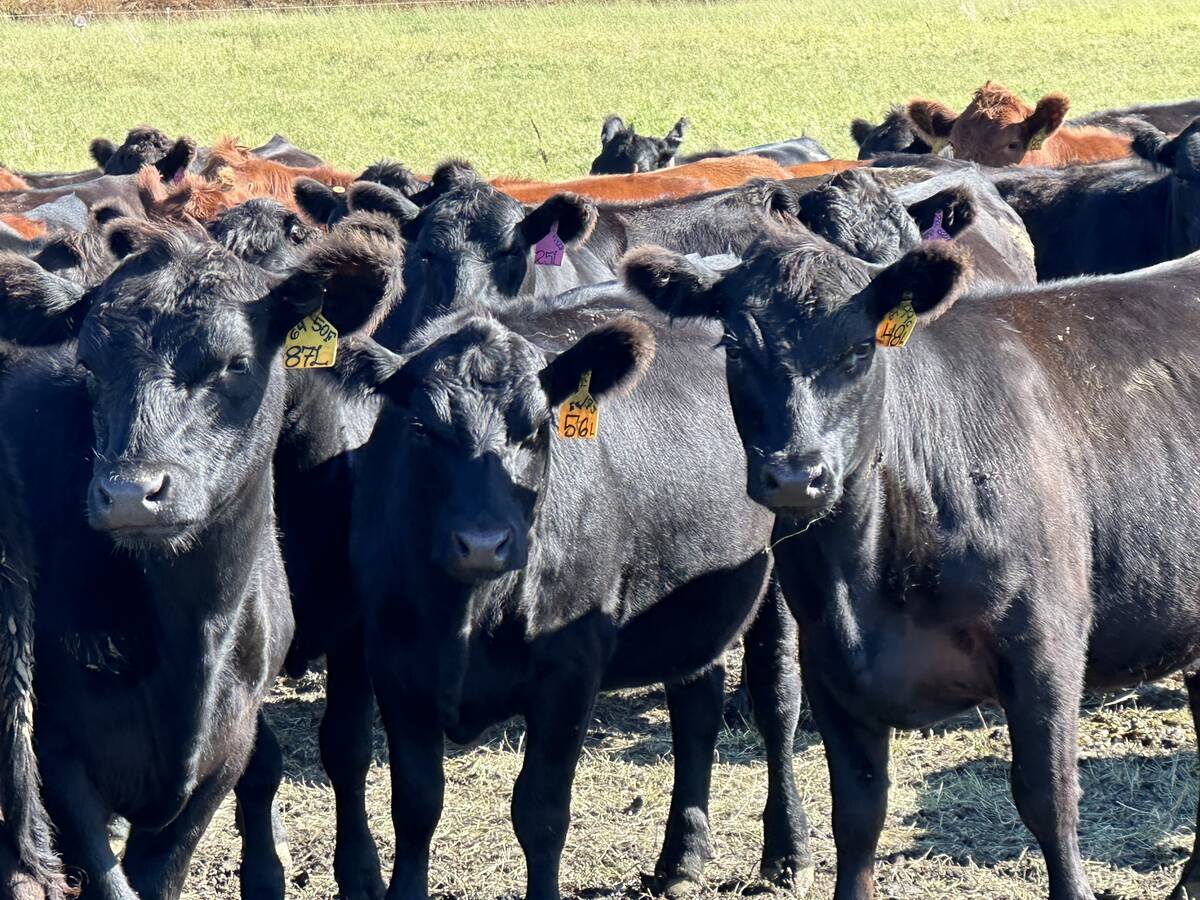
Want to track the cattle industry? Follow the heifers
Beef specialists examine key indicators in Canadian market for growth patterns in cattle markets
The minute the annual expenses rise on that cow to $650, she is now under pressure to produce a $1,340 calf — a price on the outer fringes of the price today.
- From the Canadian Cattlemen: U.S. livestock: Firm beef prices help drive CME live cattle higher
Managing her world or her costs, determines profitability as you weave through the next few years. To do this, consider that adding just 60 days to the grazing season will contribute significantly to a reduction in costs. If we use custom grazing rates for pairs at $1.50 per day and feeding costs for her at $2 per day, then the savings of extending the grazing season with her calf at $0.50 per day for 60 days is $30. If she has already weaned and is on the grass alone, then the savings over those 60 days is $60. The longer she can graze, with or without her calf, the less she costs to keep — which allows for some wiggle room in the price of the calf. And although it may not seem like much, that is a $6,000 feed-cost savings over 100 cows.
Thirty-five years ago I led the charge and the discussion on shrinkage in cattle, identifying it as the measurement of stress. Shrink, the weight an animal loses when stressed, is money thrown away. The key is to not stress the calf/yearling/heifer or cow. Typically, by the time calves are brought in, sorted, loaded and sold, the shrinkage is nine per cent. That is six per cent over what they would lose in gut fill. Six per cent of a 600-pound calf is 36 pounds — and at $2.50 cwt, that is a loss of $90.
Putting animal welfare first in the marketing process is better for the cattle and your ranch.
- More from the Alberta Farmer Express: Two-stage weaning reduces stress on calves
Over the last 35 years of working with shrinkage we have seen calves lose as much as 21 per cent of body weight. Imagine even a 17 per cent loss and the $255 that was thrown out the door.
The cow that raised that calf should be respected for her work in having a live birth and raising her offspring. It is up to the owner to ensure that she is profitable by marketing the calf appropriately.
The selling and delivery basis also make a difference to the profitability in the herd. This IS the year 2014 and everything can be sold electronically — without stress to the cattle. This can be done in a formal way through an electronic auction via Skype, YouTube, cellphone, website or even Facebook. As long as there is an accurate description and weight, there is no need to further pressure the mother cow and her return to you. A $20 freight or sales charge is costing $0.03 cwt. So it is important to mitigate these risks as well as price risk by insuring the animals or entering into a forward contract, extending the grazing season (thus reducing feeding costs), and marketing in a way that puts animal welfare first.
As for buying pairs, again with young pairs nosing $2,400 you need to go through the same math and consider the salvage value of the cow, which is currently the saving grace. A decent 1,300-pound cow is worth $115 cwt or $1,495, and her calf is worth $1,200 on the market today for a combined value of $2,695 at weaning. It would be wise to back that up with price insurance when the markets are at their peak.
There is a lot of excitement in the cattle industry and analysts are using the term “hope” in their interpretation of the market. But hope is not a strategic plan.
As good as it is — the margins are very tight on cattle bought on current-day markets. Keeping feeding costs down is the primary focus for the cow-calf operator and careful consideration when marketing adds to the bottom line. The measurement of performance is always at the scale and before the farm buys a new tractor to deliver feed, consider the power of a livestock scale in knowing costs and reducing market stress.
Collectively, all these considerations will help buyers determine the best course of action in this market.




